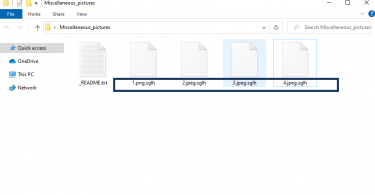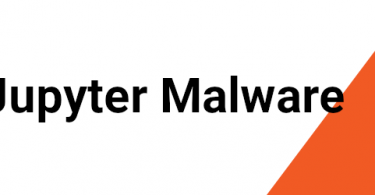[windows_aside] .Sglh .Sglh is a highly malicious Ransomware infection that seeks to extort money from its victims in the form of untraceable bitcoins. In order to blackmail them, .Sglh applies encryption to a list of commonly used files that are...
Windows virus
A Windows virus is a computer virus that targets Windows Operating Systems and seeks to perform an unauthorized criminal activity on the infected computer.
Computer viruses, also referred to as malware, are malicious pieces of software that are developed with the sole purpose of harming the system they have compromised. Most computer viruses typically target Windows Operating Systems and exploit their vulnerabilities. If not removed, the computer viruses can cause serious problems to the infected machine and even corrupt it in such a way that it cannot be repaired. Therefore, web users should avoid downloading and installing them at all cost.
Security researchers recognize many categories of malware that can compromise a Windows OS but Adware, Browser Hijacker, Ransomware, Trojan Horse, and Spyware are among the most popular ones.
What can a Windows virus do?
The main reason such pieces of malware exist is to generate money for their developers through criminal activities such as blackmail, theft of personally identifiable information, theft of credit or debit card numbers, online banking frauds and espionage. Some viruses may be programmed to track the victim’s activity on the computer, record their keystrokes and web browsing history, and even delete some data, while others may be used to encrypt files, trigger page-redirects and system crashes.
How can a Windows virus infect you?
Usually, Windows viruses could be found inside installation packages of pirated software, free audio and video player installers, non-licensed anti-virus and anti-spyware programs, or different system optimization tools created by non-reputed developers.
Web users can download malicious software on their Windows system when performing careless installation of third-party apps and add-ons, as well as when clicking on fake software update requests, random pop-ups and redirect links. Security researchers are also informing that spam and email messages from unknown senders may easily deliver malicious links or infected attachments.
People who browse the web on a regular basis should also be very careful with the online content they come across, since a lot of fake websites, deceptive pop-up advertisements, and “you won a prize” messages could be used by hackers to distribute malware. Therefore, a general safety rule is that if an ad seems too-good-to-be-true, or comes from a sketchy web page, it should be avoided.
Most virus transmitters, however, typically look legitimate and are hard to distinguish from regular ads, emails or software installers. Therefore, a good anti-malware program could prove invaluable in detecting hidden malware and successfully protecting the computer from it.
If not regularly updated to the latest virus definitions, however, even the most reliable security software may not be able to protect the Windows Operating System effectively. The reason is all computer viruses are constantly being updated with more and more advanced features.
How bad can a Windows virus attack be?
The features of each computer virus depend on the specific malicious action the hackers intend to use it for. Loss of money and loss of data are among the most common consequences of a Windows virus attack. Victims may also face system-related issues such as slowdowns, frequent system errors and crashes, as well as problems when starting certain legitimate software.
Sometimes, the presence of malicious programs in the Windows OS may result in browser-related issues such as unauthorized changes in the browser’s homepage or the search engine, automatic page-redirects to questionable websites, and generation of aggressive ads.
Symptoms of a Windows virus
The majority of computer threats that are recognized as a Windows virus run unnoticed in the background of the system and don’t show visible symptoms. That’s why users typically have no idea that their system has been compromised until major damage occurs.
The web users who are more observant, however, may sometimes notice suspicious processes in the Windows Task Manager. Other potential symptoms may include the appearance of strange toolbars in the main web browser, unauthorized changes in the system settings, higher than usual CPU and RAM usage, and system slowdowns that are not triggered by any particular activity from your side.
If you have already observed one or several of these symptoms on your computer, chances are you may have been compromised by a variant of a Windows virus. The best way to find out if that is true is to scan the entire system with a reliable anti-malware program. Such software will quickly identify the type of threat you are dealing with and help you remove it.
In case you already know the name of the Windows virus that has compromised your computer, please take a look at our database of the latest computer viruses for Windows OS and use the corresponding removal guide to eliminate it. It is highly advisable to combine the manual removal instructions from the guide with a professional scanner in order to detect all malware-related files and fix your computer.
Windows Removal Guides
Jupyter Malware
[windows_aside] Jupyter Jupyter is malicious software that can run a process known as keylogging to log everything the victim types using their keyboard. This way, Jupyter can obtain data about passwords, login credentials, and other sensitive...
Charming Tab Virus
Charming Tab Charming Tab is a rogue browser hijacker extension that redirects users’ home pages to charming–tab.com without their consent. Charming Tab uses sponsored Bing search results to return its queries, which is completely safe...



